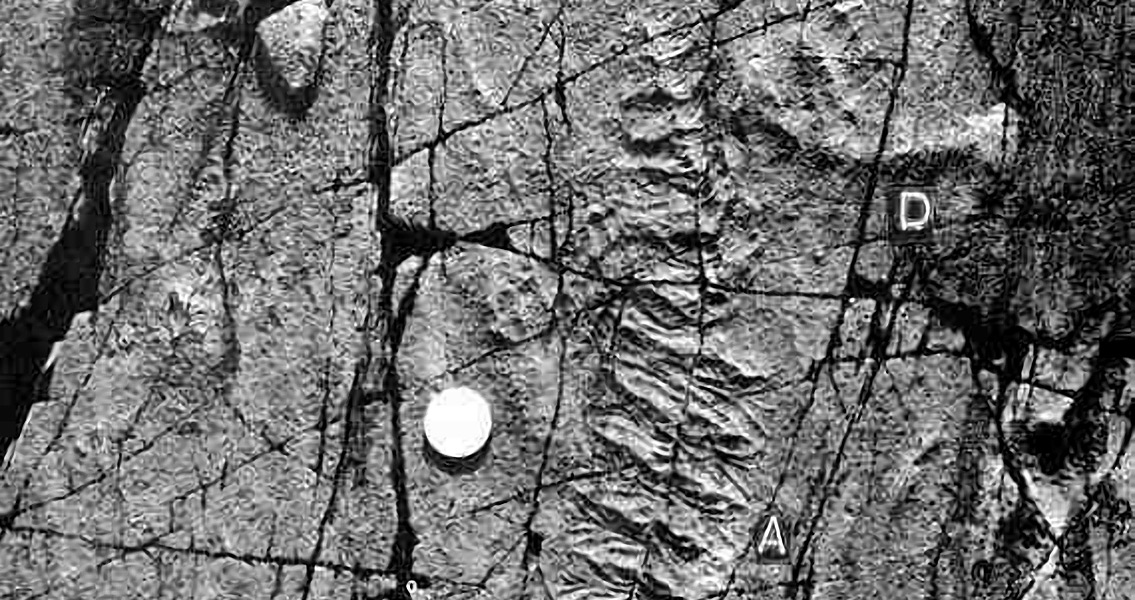<![CDATA[A new research study has found that a 565 million year old organism that looks suspiciously like a fern while being firmly in the animal camp might be the earliest type of creature that procreated in a complex manner. One of the first types of life that inhabited the planet to exhibit complexity, the humble rangeomorph is widely considered to be one of the first animals on Earth – though scientists can only speculate that these organisms were indeed animals. Ocean-going creatures that thrived in the late Edicaran period up to the beginning of the Cambrian era around 540 million ago, these strange, alien organisms could range from between just four inches to 6.5 feet in length. Rangeomorphs are thought to have been relatively passive organisms as there’s no evidence that they had any sort of locomotion, or even internal organs or a way for them to consume food as they also lacked mouths. Scientists feel that these animals – if they were animals – simply absorbed nutrients that were present in the water. Yet despite their otherwise simplicity, rangeomorphs are now thought to have had a highly complicated reproductive cycle, especially for a creature from the Edicaran period. Researchers say that prior to colonizing new areas, these organisms would often send out advance scouts to begin the process of settling a new region. This newly collected data has possible repercussions for unlocking patterns that turned into the kinds of modern marine life that now inhabit the world’s oceans. According to a statement released in conjunction with the new research study, scientists have developed a completely new way of examining rangeomorphs. In fact, University of Cambridge postdoctoral researcher Emily Mitchell, the lead author of the study, says that applying these new examination techniques has aided in unlocking new secrets about rangeomorphs. Through examining the fossil record of Newfoundland, Canada, Mitchell and her fellow scientists took a closer look at the Fractofusus rangeomorph. With Fractofusus having been immobile like many other rangeomorph species, when they appear in the fossil record it’s easy to extrapolate where they lived in regards to one another in the ancient past. The research team used computer modeling, GPS data and other statistical techniques to uncover a pattern within the Fractofusus population in the region, drawing conclusions based on how larger specimens seemed to be distributed throughout the region randomly while surrounded by smaller ones that were considered second and third generation offspring. The patterns bear a strong resemblance to how modern plants exhibit biological clustering, leading to the revelation that Fractofusus rangeomorphs could have reproduced in two separate ways: the first generation, the researchers suggest, could be from waterborne spores or seeds that had been ejected, while the second and third generations might have been produced from “runners” in the same way that some plants, such as strawberries, reproduce. For more information: www.nature.com Image courtesy of Wikimedia Commons user: Mistakenpoint]]>
Double Reproduction for Rangeomorphs Say Scientists
